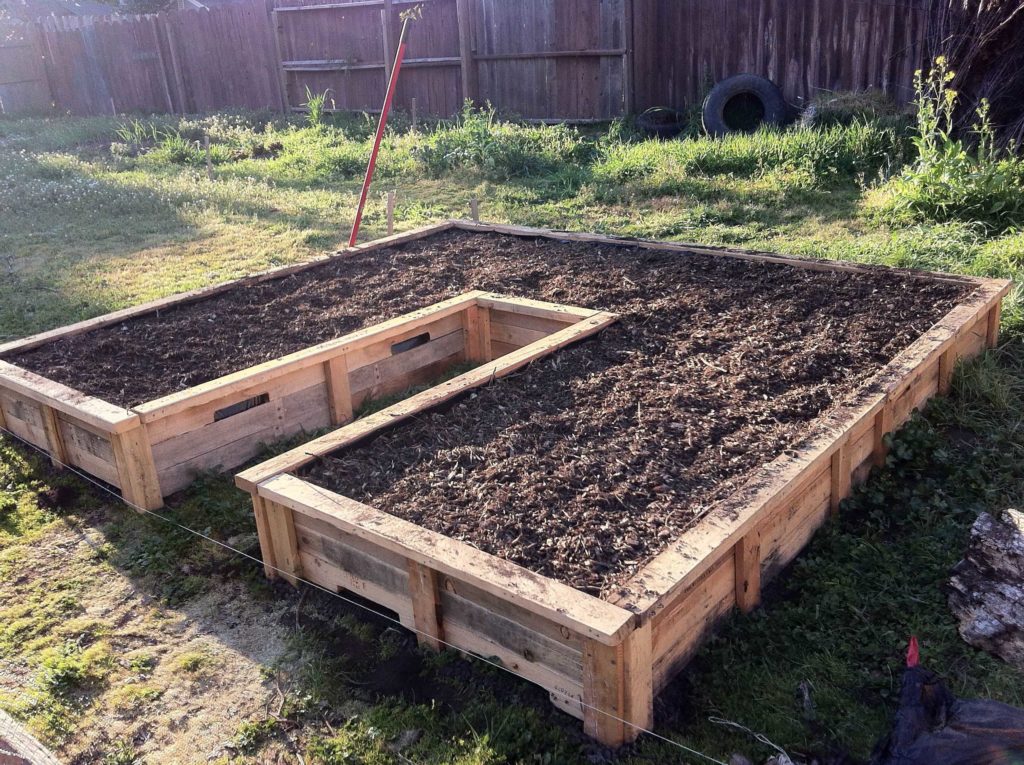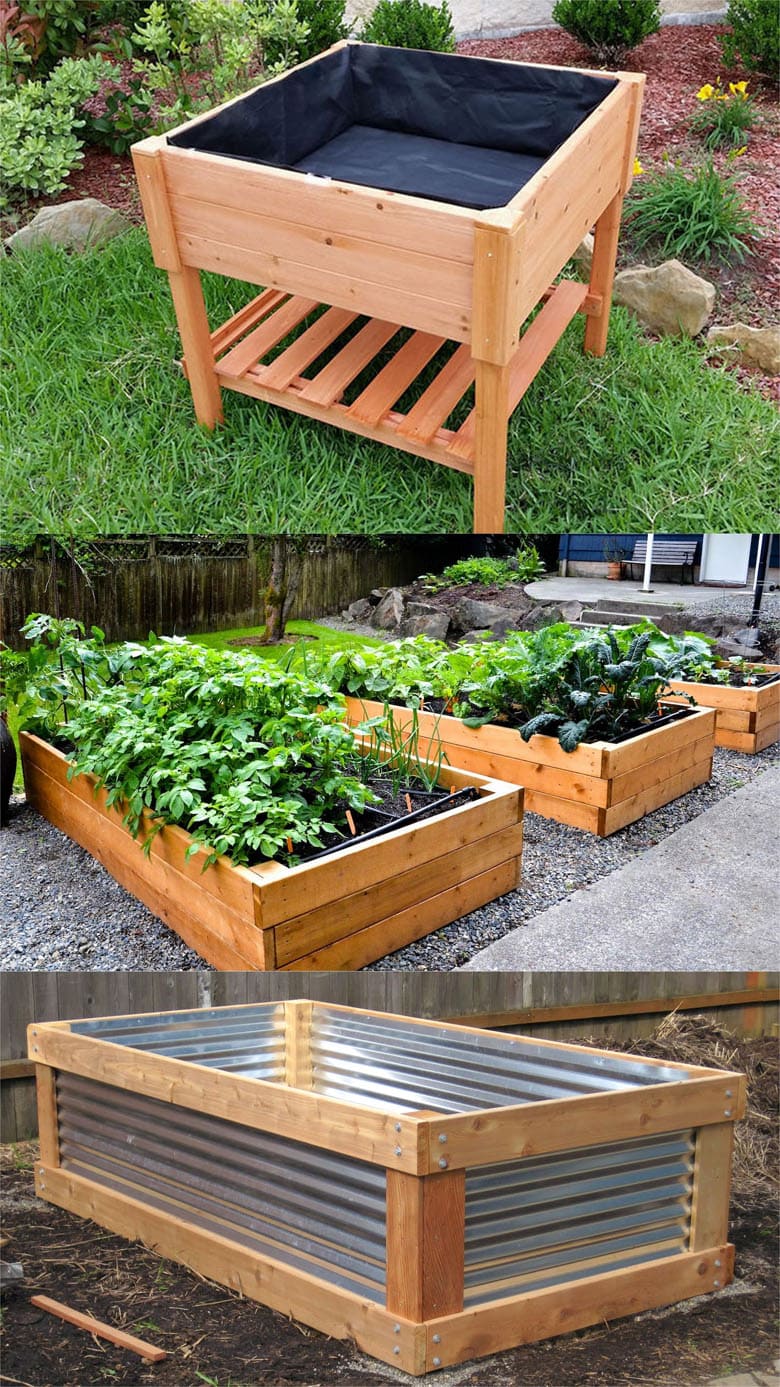DIY Inexpensive Raised Garden Bed Ideas for 2025
Related Articles: DIY Inexpensive Raised Garden Bed Ideas for 2025
- Concept Map Ideas Creative 2025 Project Ideas For Spanish Class 2025
- Coffee Shop Interior Design Ideas 2025 Preconceived Ideas Meaning 2025
- Current Window Treatment Ideas 2025 Quick And Easy Filling Breakfast Ideas 2025
- Companies Looking For Invention Ideas 2025 Process Map Ideas 2025
- Cool Ideas For Youtube Videos 2025 Q And A Website Template 2025
Introduction
With great pleasure, we will explore the intriguing topic related to DIY Inexpensive Raised Garden Bed Ideas for 2025. Let’s weave interesting information and offer fresh perspectives to the readers.
Table of Content
Video about DIY Inexpensive Raised Garden Bed Ideas for 2025
DIY Inexpensive Raised Garden Bed Ideas for 2025

Introduction
Raised garden beds are an excellent way to improve your gardening experience and increase your crop yield. They offer numerous benefits, such as improved drainage, soil aeration, and protection from pests and diseases. Moreover, they extend the growing season, allowing you to enjoy fresh produce even in colder climates.
While raised garden beds can be expensive to purchase, there are numerous cost-effective DIY options available. This article provides a comprehensive guide to creating your own raised garden bed using inexpensive materials.
Materials for Inexpensive Raised Garden Beds
The materials you choose for your raised garden bed will depend on your budget and available resources. Some of the most popular and affordable options include:
- Wood: Untreated lumber, such as cedar, redwood, or pine, is a durable and relatively inexpensive option.
- Pallets: Free or low-cost pallets can be repurposed into raised garden beds.
- Concrete blocks: Interlocking concrete blocks are sturdy and provide good drainage.
- Bricks: Bricks are another durable and aesthetically pleasing option.
- Corrugated metal: Galvanized corrugated metal is inexpensive and easy to work with.
Design Considerations
Before constructing your raised garden bed, consider the following design factors:
- Size: The size of your raised garden bed will depend on the space available and the amount of produce you want to grow.
- Height: The height of the bed should be comfortable for you to reach and maintain. A height of 12-18 inches is generally recommended.
- Drainage: Ensure your raised garden bed has adequate drainage holes to prevent waterlogging.
- Materials: Choose materials that are durable, weather-resistant, and safe for growing plants.
DIY Raised Garden Bed Ideas
1. Wooden Raised Garden Bed
Materials:
- Untreated lumber (cedar, redwood, or pine)
- Wood screws or nails
- Drill or hammer
Steps:
- Cut the lumber to the desired length and width.
- Assemble the sides of the bed by screwing or nailing the boards together.
- Attach the bottom boards to the sides.
- Drill drainage holes in the bottom of the bed.
2. Pallet Raised Garden Bed
Materials:
- Wooden pallets
- Screws or nails
- Drill or hammer
Steps:
- Disassemble the pallets by removing the top boards.
- Stack the pallets on top of each other to form the sides of the bed.
- Secure the pallets together with screws or nails.
- Add a bottom layer of pallets for drainage.
3. Concrete Block Raised Garden Bed
Materials:
- Concrete blocks
- Landscape fabric
Steps:
- Arrange the concrete blocks in a rectangular or square shape to form the base of the bed.
- Interlock the blocks on all four sides.
- Line the bottom of the bed with landscape fabric to prevent weeds.
4. Brick Raised Garden Bed
Materials:
- Bricks
- Mortar
Steps:
- Create a level base for the bed.
- Lay the first layer of bricks in a running bond pattern.
- Apply mortar between the bricks and continue building the walls.
- Finish the top of the bed with a coping or capstone.
5. Corrugated Metal Raised Garden Bed
Materials:
- Galvanized corrugated metal
- Wood stakes or metal posts
- Screws or bolts
Steps:
- Cut the corrugated metal to the desired length and width.
- Insert wood stakes or metal posts into the ground to support the sides of the bed.
- Attach the corrugated metal to the supports using screws or bolts.
- Bend the edges of the metal to create a lip around the top of the bed.
Filling and Maintaining Your Raised Garden Bed
Once your raised garden bed is constructed, it’s time to fill it with soil and compost. Use a high-quality potting mix or topsoil, and amend it with compost or manure to improve fertility.
Water your raised garden bed regularly, especially during hot and dry weather. Fertilize the plants according to their specific needs.
To prevent weeds, mulch around the plants with straw, shredded leaves, or compost.
Conclusion
Creating your own raised garden bed is a rewarding and cost-effective way to enhance your gardening experience. By utilizing inexpensive materials and following the DIY ideas provided in this article, you can build a durable and functional raised garden bed that will provide you with years of fresh, homegrown produce.








Closure
Thus, we hope this article has provided valuable insights into DIY Inexpensive Raised Garden Bed Ideas for 2025. We appreciate your attention to our article. See you in our next article!